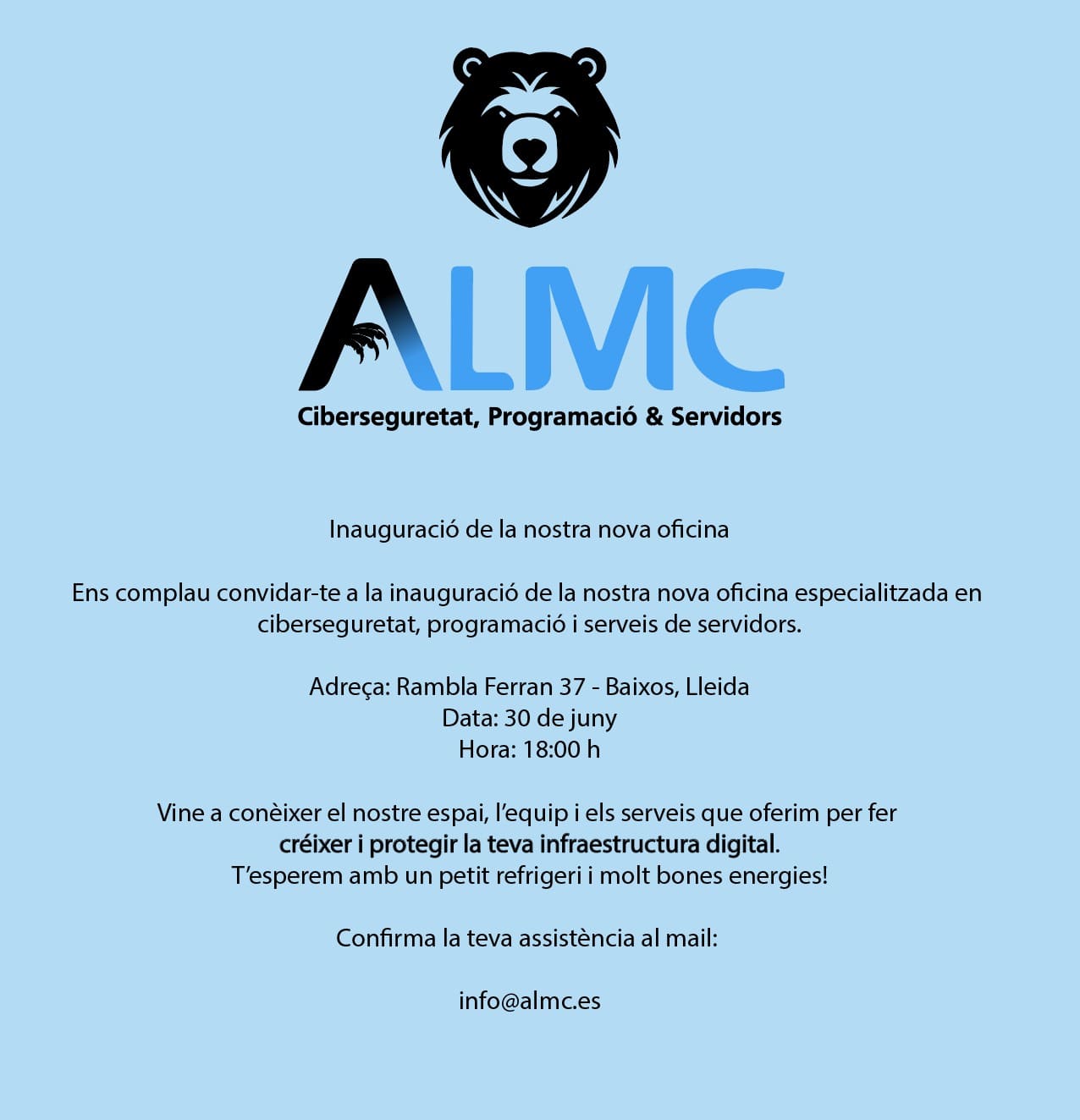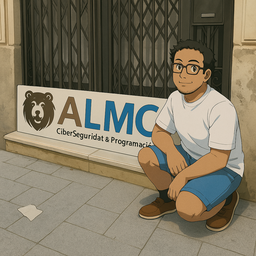Vibe-Coder MCP Server
A Model Context Protocol server that implements a structured development workflow for LLM-based coding.
Overview
This MCP server helps LLMs build features in an organized, clean, and safe manner by providing:
- A structured feature clarification process with guided questions
- PRD and implementation plan generation
- Phased development with task tracking
- Progress tracking and status reporting
- Document storage and retrieval capabilities
Features
Resources
- Feature details, PRDs, and implementation plans
- Progress reports and status tracking
- Phase and task details
Tools
start_feature_clarification- Begin the feature clarification processprovide_clarification- Answer clarification questions about a featuregenerate_prd- Generate a Product Requirements Document and implementation plancreate_phase- Create a development phase for a featureadd_task- Add tasks to a development phaseupdate_phase_status- Update the status of a phaseupdate_task_status- Update the completion status of a taskget_next_phase_action- Get guidance on what to do nextget_document_path- Get the path of a generated documentsave_document- Save a document to a specific location
Prompts
feature-planning- A prompt template for planning feature development
Document Storage
The server includes a hybrid document storage system that:
- Automatically saves generated documents (PRDs, implementation plans) to files
- Maintains an in-memory copy for quick access
- Allows clients to retrieve document paths and save to custom locations
Default Storage Location
Documents are stored in the documents/{featureId}/ directory by default, with filenames based on document type:
documents/{featureId}/prd.md- Product Requirements Documentdocuments/{featureId}/implementation-plan.md- Implementation Plan
Custom Storage
You can use the save_document tool to save documents to custom locations:
{
"featureId": "feature-123",
"documentType": "prd",
"filePath": "/custom/path/feature-123-prd.md"
}
Path Retrieval
To get the path of a document, use the get_document_path tool:
{
"featureId": "feature-123",
"documentType": "prd"
}
This returns both the path and whether the document has been saved to disk.
Development
Install dependencies:
npm install
Build the server:
npm run build
For development with auto-rebuild:
npm run watch
Installation
To use with compatible MCP clients:
On MacOS: ~/Library/Application Support/Claude/claude_desktop_config.json
On Windows: %APPDATA%/Claude/claude_desktop_config.json
{
"mcpServers": {
"vibe-coder-mcp": {
"command": "/path/to/vibe-coder-mcp/build/mcp-server.js"
}
}
}
Debugging
Since MCP servers communicate over stdio, debugging can be challenging. We recommend using the MCP Inspector, which is available as a package script:
npm run inspector
The Inspector will provide a URL to access debugging tools in your browser.
Implementation Notes
This server is implemented using the high-level McpServer class from the Model Context Protocol TypeScript SDK, which simplifies the process of creating MCP servers by providing a clean API for defining resources, tools, and prompts.
import { McpServer, ResourceTemplate } from "@modelcontextprotocol/sdk/server/mcp.js";
import { StdioServerTransport } from "@modelcontextprotocol/sdk/server/stdio.js";
// Create an MCP server
const server = new McpServer({
name: "Vibe-Coder",
version: "0.3.0"
});
// Add a resource
server.resource(
"features-list",
"features://list",
async (uri) => ({ /* ... */ })
);
// Add a tool
server.tool(
"start_feature_clarification",
{ /* parameters schema */ },
async (params) => ({ /* ... */ })
);
// Add a prompt
server.prompt(
"feature-planning",
{ /* parameters schema */ },
(params) => ({ /* ... */ })
);
// Start the server
const transport = new StdioServerTransport();
await server.connect(transport);
Workflow
The Vibe-Coder MCP server is designed to guide the development process through the following steps:
- Feature Clarification: Start by gathering requirements and understanding the feature's purpose, target users, and constraints
- Documentation: Generate a PRD and implementation plan based on the clarified requirements
- Phased Development: Break down the implementation into logical phases with clear tasks
- Progress Tracking: Monitor the completion of tasks and phases to guide development
- Completion: Verify that all requirements have been implemented and the feature is ready for use




